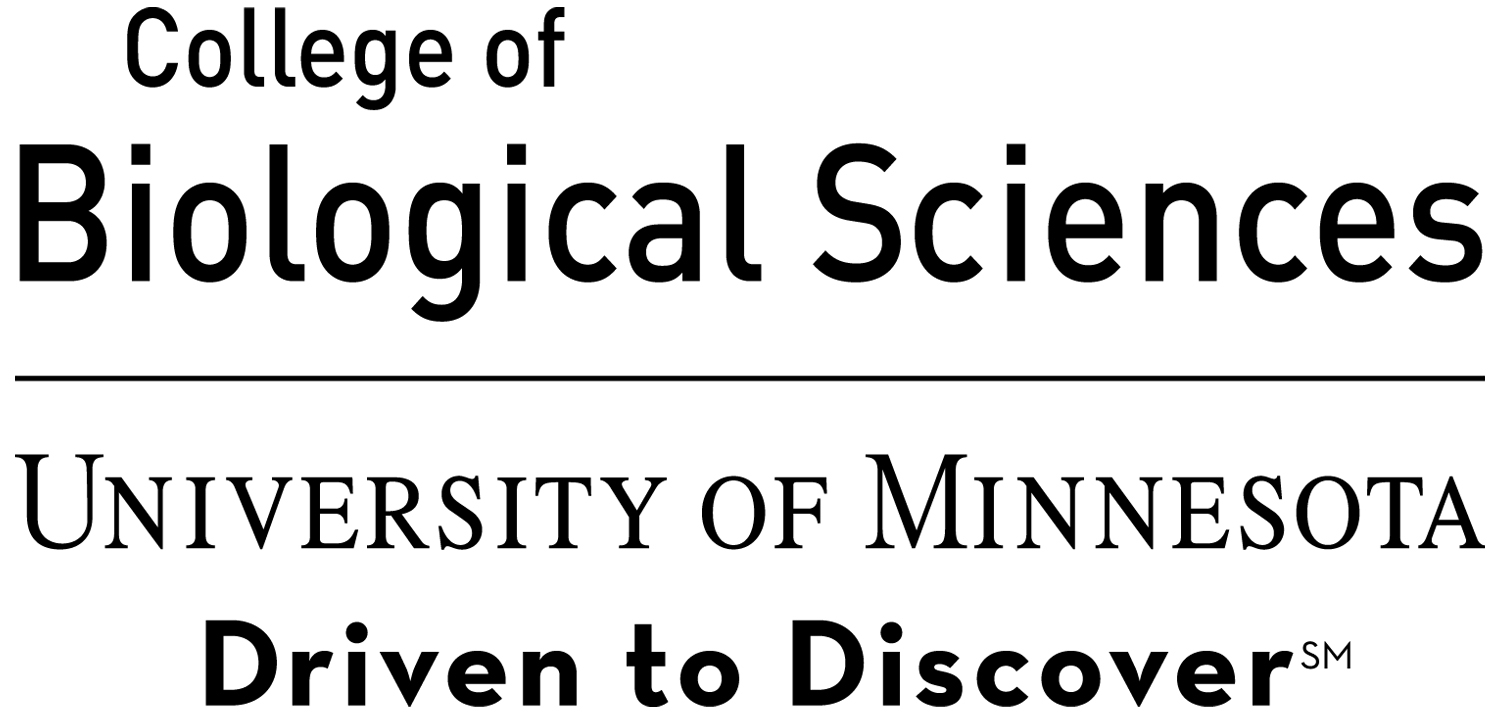From 2011.igem.org
Laboratory Safety
Would materials used in your project and/or your final product pose:
- Risks to the safety and health of team members or others in the lab?
- E. coli bacterial strains used in our project are non-pathogenic laboratory strains and have little or no capacity to cause pathological harm to team members or other persons who enter our teams' laboratory. These strains are classified as biosafety level 1 biologic materials. Regardless of any organisms' supposed capability to inflict injury or harm, our team handles all specimens with the assumption that there exists some risk of harm. As such, aseptic technique and proper personal protective equipment is always used and all waste is disposed of in accordance with standard best practices.
- Genes and gene constructs used in our project include:
- pUCBB-eGFP
- pUCBB-pBad-eGFP
- pUCBB-pTet-eGFP
- Silicatein-α from Suberites domuncula
- phycocyanobilin ferredoxin oxidoreductase (pcyA) isolated from Synechocystis sp. PCC 6803
- heme oxygenase (ho1) isolated from Synechocystis sp. PCC 6803
- Cph1/EnvZ fusion protein (cph8) acquired from the iGEM part distribution plates
- OmpR promoter isolated from the iGEM part distribution plates
- None of these genes are known to have the capacity to confer pathogenic or toxic character onto E. coli transformants or other organisms present in our laboratory. All gene constructs, including linear and circular DNA constructs, are handled with care so as to minimize their contact with organisms and laboratory surfaces other than those for which they are intended.
- Our team uses many reagents which are commonly utilized in microbiology research laboratories. The following reagents have been identified which are potentially harmful to the health of persons present in our laboratory:
- Ethidium bromide: ethidium bromide is a DNA intercalating agent with probable carcinogenic properties. Ethidium bromide is stored in a sealed container in a cool, dry, well ventilated location. Latex or nitrile gloves and other appropriate personal protective equipment are worn when handling ethidium bromide. Ethidium bromide is diluted to less than 0.1% weight by volume and disposed of in the laboratory drain if the material is liquid or in the regular refuse container if the material is contained within a gel.
- Tetramethyl orthosilicate (TMOS): TMOS is used in a non-enzymatic activity assay for the silicatein gene product. TMOS is a highly flammable, volatile liquid with health risks for brief exposures to high concentrations or for chronic exposure to low concentrations. TMOS can cause liver, kidney, and lung injury if an experimenter is chronically exposed to the substance. Latex or nitrile gloves, a chemical apron, and a NIOSH/MSHA approved respirator must be used if a high risk of exposure exists. TMOS should always be used in a fume hood which complies with OSHA Occupational Safety and Health Standards subpart Z. Waste TMOS is rendered inert by hydrolysis to form SiO2.
- Other materials: All team members have been educated in the accession and comprehension of MSDS information for all materials that are used in our laboratory. Team members take any necessary precautions regarding all materials prior to and after use of any materials.
- Risks to the safety and health of the general public if released by design or accident?
- Our biological systems do not contain parts which pose a significant threat to the health of the public should they be released accidentally. As previously stated, our team is working with non-pathogenic laboratory strains of E. coli. Recombinant proteins introduced into bacteria by our team produce products which are not known to be harmful.
- Plasmids used in our research contain antibiotic selective markers which have been designated for use in research. As such, use of these antibiotics does not pose a epidemiological threat.
- Risks to environmental quality if released by design or accident?
- The E. coli and the recombinant genes that our team has introduced into them are not likely to pose an environmental threat if accidentally released.
- Risks to security through malicious misuse by individuals, groups, or states?
- The biological systems our team are working with do not possess the capacity to be used maliciously my an individual, group, or state.
Biosafety at the University of Minnesota
- Does your institution have its own biosafety rules and if so what are they?
- Biosafety rules at the University of Minnesota are described in the Biosafety Manual which is produced by the Department of Environmental Health and Safety. The Biosafety Manual can be found at [http://www.dehs.umn.edu/bio_pracprin.htm http://www.dehs.umn.edu/bio_pracprin.htm].
- Does your institution have an Institutional Biosafety Committee or equivalent group? If yes, have you discussed your project with them?
- Research involving the use or manipulation of recombinant DNA is overseen by the University of Minnesota Institutional Biosafety Committee.
- Will you or have team members received biosafety or laboratory training before beginning the project?
- All undergraduate students participating in this project have received ample safety and laboratory operations training through previous undergraduate coursework. Furthermore, all undergraduate students working on this project participated in a "cloning 101 boot camp" prior to engaging in work on the project.
- Does your country have national biosafety regulations or guidelines? If so, provide a link to them online if possible.
- Biosafety regulations and guidelines maintained by the Center for Disease Control and Prevention. Guidelines regarding microbiological laboratories can be found at [http://www.cdc.gov/biosafety/publications/bmbl5/index.htm http://www.cdc.gov/biosafety/publications/bmbl5/index.htm].
|

